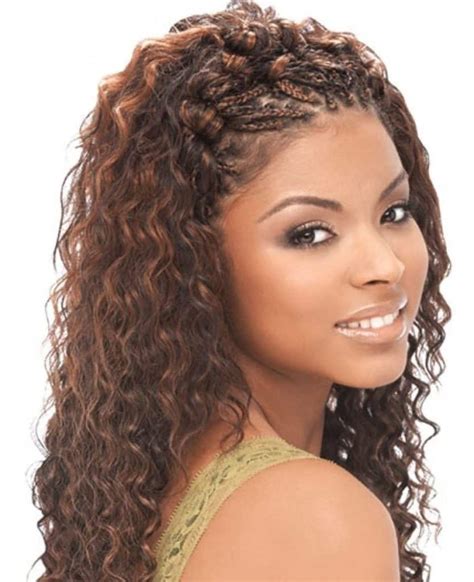Introduction
Human hair tree braids, an ancient African hair braiding technique, have gained immense popularity in recent years. These intricately woven braids, resembling the branches of a tree, offer a unique and versatile style option for individuals seeking both traditional and contemporary aesthetics. This article delves into the captivating world of human hair tree braids, exploring their history, cultural significance, modern applications, and the motivations and pain points of their discerning clientele.

Historical and Cultural Significance
Human hair tree braids have origins dating back to ancient Africa. They were worn by women of various tribes and ethnic groups as a symbol of beauty, identity, and social status. The intricate patterns and designs incorporated into the braids often held cultural and spiritual significance, representing different aspects of life, such as marriage, fertility, and ancestral connections.
Modern Applications
In contemporary society, human hair tree braids have transcended their traditional roots to become a fashionable and versatile style choice. They are embraced by individuals of diverse backgrounds and ages, who appreciate their versatility, intricate designs, and ability to enhance personal style.
Types of Human Hair Tree Braids:
- Box Tree Braids: Rectangular-shaped braids that form a grid-like pattern on the scalp.
- Triangle Tree Braids: Triangular-shaped braids that create a more voluminous and intricate effect.
- Fulani Braids: Braids adorned with beads, charms, and other embellishments that originate from the Fulani people.
- Ghana Tree Braids: Thinner and tighter braids that result in a sleek and elegant look.
- Passion Twists: Loosely twisted braids that provide a softer and more bohemian aesthetic.
Motivations and Pain Points:
- Style: Human hair tree braids offer a wide range of styles to suit individual tastes and preferences.
- Protective Styling: Braids protect natural hair from damage caused by environmental factors and styling tools.
- Low Maintenance: Braids are relatively low maintenance, requiring minimal daily styling and touch-ups.
- Hair Length: Braids can significantly extend the appearance of hair length, creating the illusion of thicker and fuller hair.
- Pain: Braiding can be a time-consuming and somewhat uncomfortable process, especially for those with thick or sensitive scalps.
- Scalp Irritation: Tight braids can sometimes lead to scalp irritation or traction alopecia if not properly maintained.
Effective Strategies for Success in the Human Hair Tree Braiding Industry
Market Research:
Conduct thorough market research to understand customer demographics, preferences, and pain points.
Innovation:
Develop new braiding techniques and styles to meet the evolving needs of clientele.
Customer Engagement:
Establish strong relationships with customers through personalized consultations and exceptional service.
Pricing:
Determine competitive pricing based on factors such as braid type, length, and complexity.
Product Development:
Advanced Braiding Tools:
Invest in advanced braiding tools, such as specialized needles and ergonomic chairs, to improve efficiency and comfort.
Synthetic Hair Innovations:
Develop high-quality synthetic hair options that mimic human hair, offering cost-effective alternatives to natural hair extensions.
Hair Care Products:
Create hair care products specifically tailored to the needs of individuals with tree braids, addressing issues such as scalp irritation and hair dryness.
Customer Relationship Management:
Loyalty Programs:
Implement loyalty programs to reward repeat customers and build long-term relationships.
Online Booking:
Offer convenient online booking systems to streamline appointment scheduling.
Customer Feedback:
Regularly collect customer feedback to gather valuable insights and improve service delivery.
Future Trends in Human Hair Tree Braids
Hybrid Techniques:
Expect to see increased integration of different braiding techniques, creating novel and eye-catching styles.
Micro Tree Braids:
Tiny, intricate tree braids that offer a delicate and elegant look are anticipated to gain popularity.
Natural Hair Integration:
More individuals will seek to incorporate their natural hair into tree braids, mixing textures and colors for unique and personalized styles.
Conclusion
Human hair tree braids have evolved from their traditional roots to become a ubiquitous fashion statement. Their versatility, cultural significance, and ability to address customer pain points have contributed to their enduring popularity. As the industry continues to innovate and adapt to changing customer needs, human hair tree braids are poised to remain a sought-after style option for years to come.
